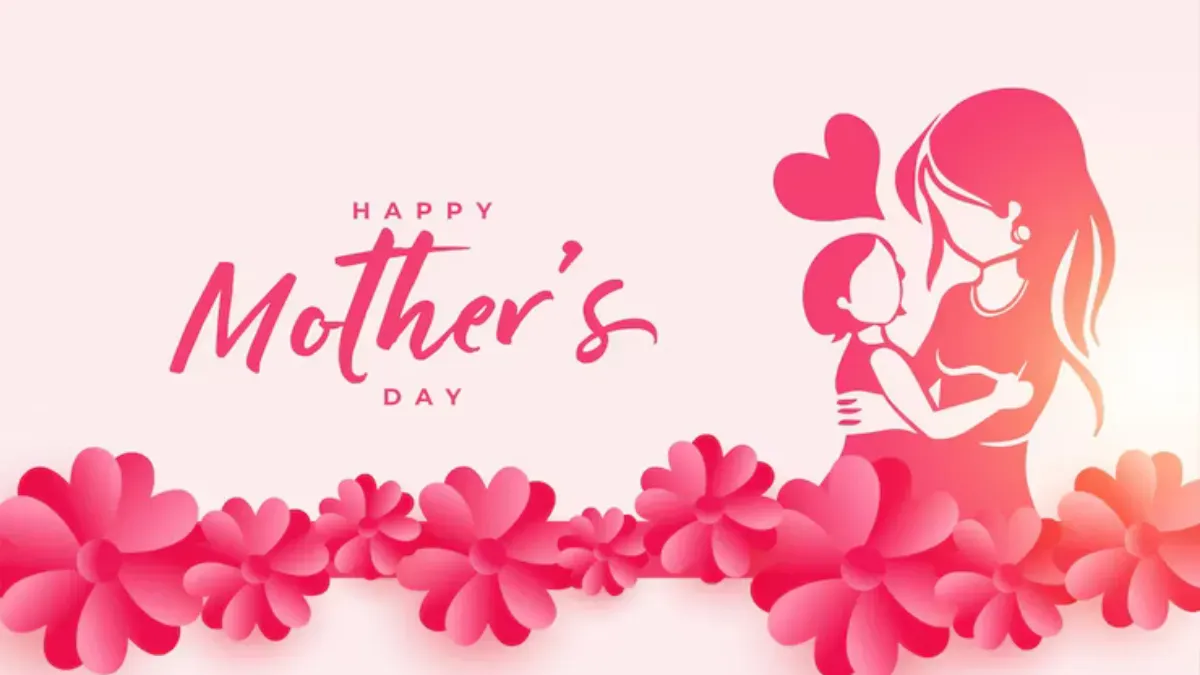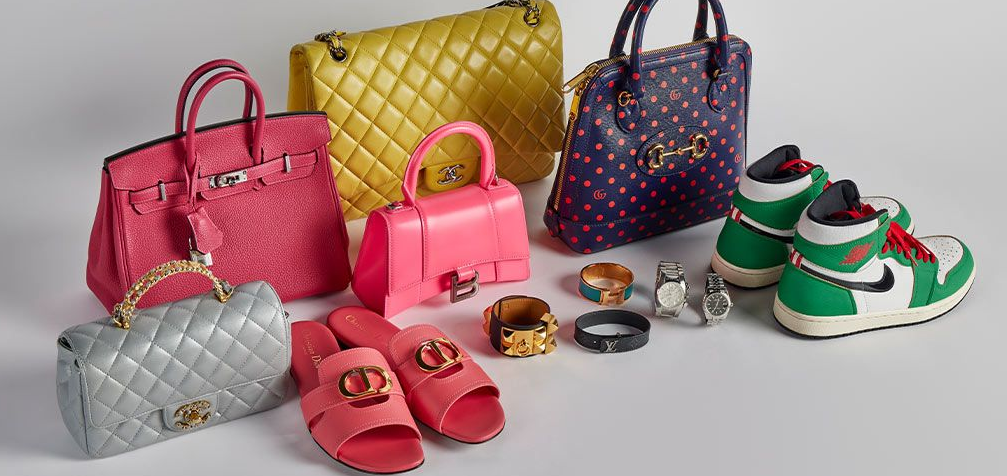Luxury Market Faces Challenges Amid Economic Uncertainty
Luxury Market Trends 2024: Challenges and Opportunities Amid Economic Shifts
The global luxury goods market, encompassing high-end fashion, jewelry, and accessories, is experiencing a notable slowdown as economic uncertainties influence consumer spending patterns. In 2024, investments in luxury items such as art and fine wine declined significantly, with art investors facing average losses of 16% and fine wine investors about 11%.
This downturn contrasts sharply with previous years when luxury assets typically appreciated, highlighting a shift in consumer behavior. The London Stock Exchange mirrored this trend, with luxury retail stocks like JD Sports Fashion and B&M experiencing declines due to weakened consumer confidence and inflationary pressures.
China, a pivotal player in the luxury sector, has also seen a slowdown. In 2024, the Chinese luxury market decelerated, with lower-tier consumers reducing spending. However, high-tier consumer spending increased by 3%, reaching the highest proportion of high-tier spenders in the past year. Despite government stimulus measures aimed at stabilizing consumer sentiment, projections for 2025 suggest a further decline in consumer confidence, particularly in the first quarter.
Industry leaders like LVMH have reported disappointing quarterly earnings, with organic growth across the group at just 3%, a significant drop from the 14% revenue growth seen in 2023. This decline is particularly pronounced in China, where sales have dropped by 16%, excluding Japan.
Analysts suggest that to navigate these challenges, luxury brands must innovate and rethink their value propositions to prioritize trust and connection with consumers. This includes addressing gaps between consumer demand and brand supply, enhancing creativity, and adapting business models to be more responsive to changing market conditions.
Despite these challenges, the global luxury market is projected to reach €1.5 trillion in 2023, an 8-10% growth over 2022, setting a new record for the industry. This growth is driven by consumers seeking luxury experiences, particularly in the travel and hospitality sectors.
In conclusion, while the luxury goods market faces headwinds due to economic uncertainties and shifting consumer behaviors, opportunities remain for brands that can adapt and innovate to meet evolving consumer expectations.



